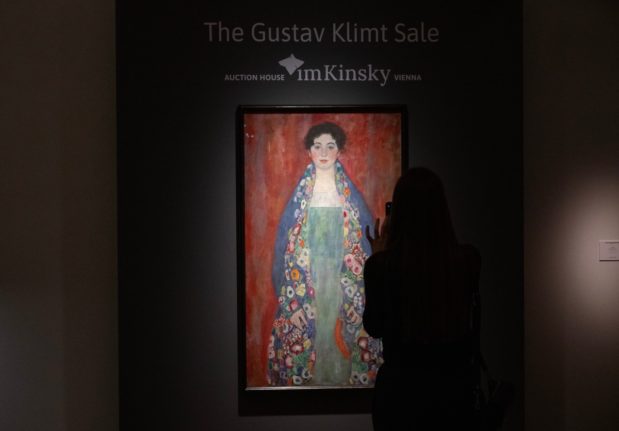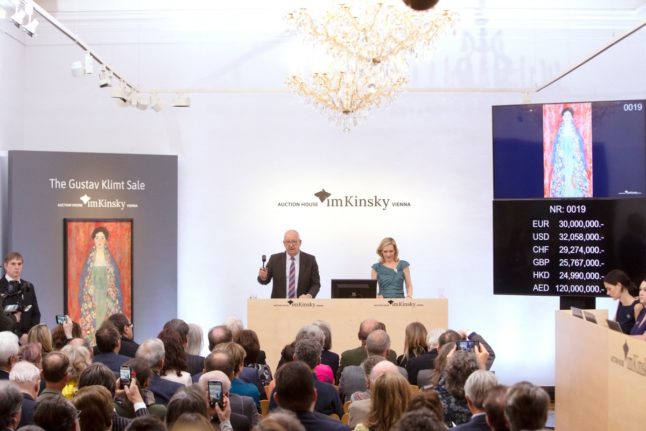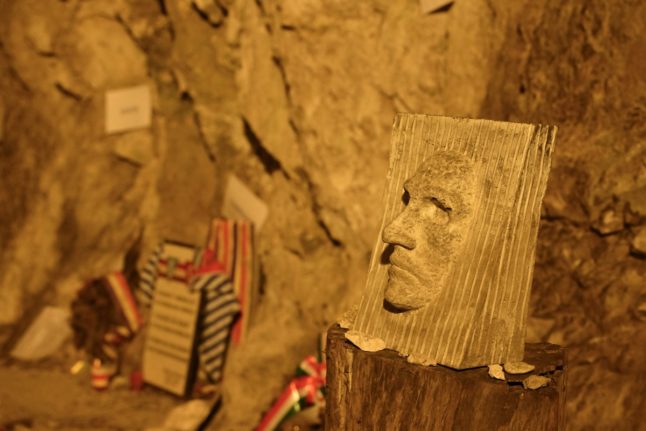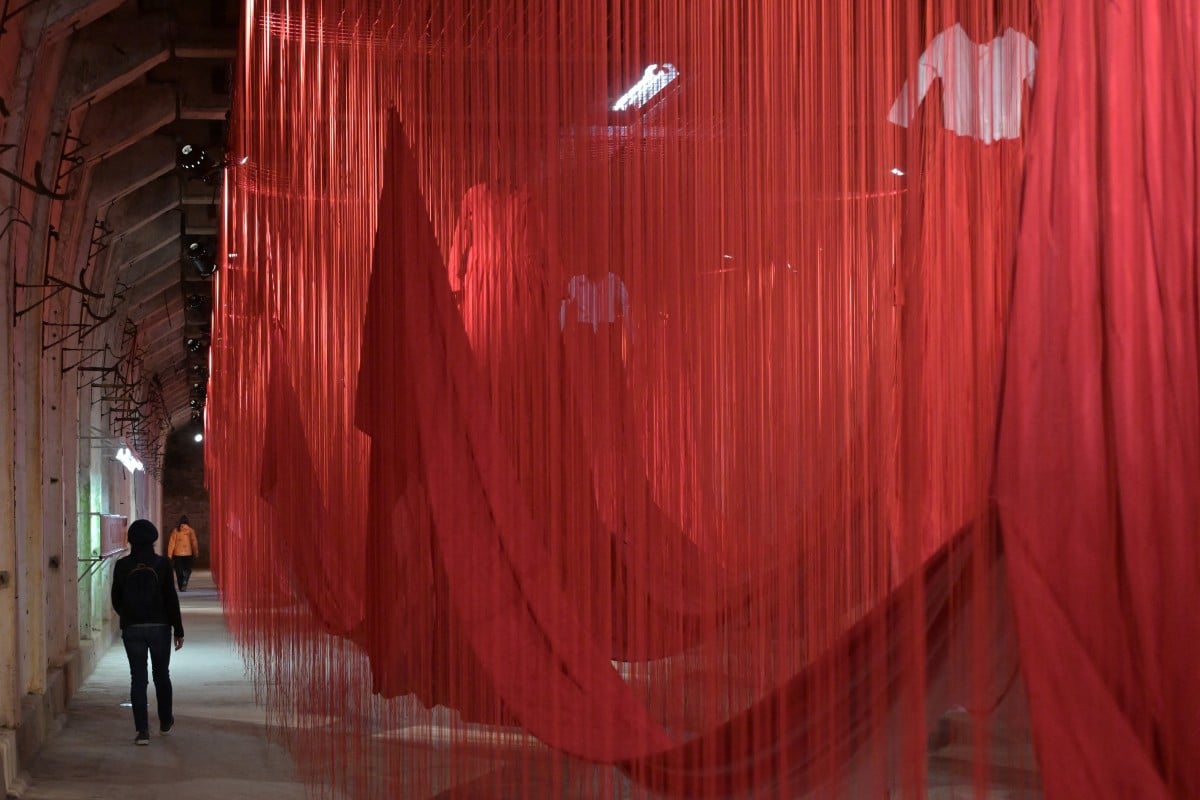Hong Kong gallery HomeArt snapped up the “Bildnis Fraeulein Lieser” (“Portrait of Miss Lieser”), which was commissioned by a wealthy Jewish industrialist’s family and painted by the symbolist master Klimt in 1917, shortly before his death.
The unfinished portrait of a dark-haired woman was likely last seen at a Viennese exhibition in 1925 until it reemerged this year when Viennese auction house im Kinsky announced its sale.
Im Kinsky had estimated the value at 30-50 million euros but said reports questioning the work’s provenance discouraged buyers.
“The numerous critical reports that were spread in recent weeks… were unsettling” for buyers, im Kinsky manager Ernst Ploil told reporters after the auction, adding he was “disappointed”.
Portraits by the Austrian great rarely come onto the open market.
Last June, Klimt’s “Dame mit Faecher” (Lady with a Fan) was sold in London for £74 million ($94.3 million at the time), a European art auction record.
Previously the highest price paid at auction in Austria was for a work by Flemish painter Frans Francken II, which fetched seven million euros in 2010.
– Helene, Annie or Margarethe? –
Ahead of the auction, Klimt’s well-preserved painting had been put on show in Austria, Britain, Germany, Hong Kong and Switzerland.
“No one expected that a painting of this importance, which had disappeared for 100 years, would resurface,” said im Kinsky expert Claudia Moerth-Gasser prior to the auction.
Besides “Portrait of Miss Lieser”, sketches by Klimt and works by his contemporaries such as Egon Schiele also went under the hammer.
The unsigned painting shows a young woman adorned with a large cape richly decorated with flowers on a bright red background.
The model, who visited Klimt’s studio nine times for the portrait, is known to be from the Lieser family, a Jewish industrial dynasty.
She could be one of the two daughters, named Helene and Annie, of Henriette (Lilly) Lieser, an art patron. But the first catalogue dedicated to Klimt, dating from the 1960s, said it was Lieser’s niece, Margarethe.

Lilly Lieser remained in Vienna despite the Nazi takeover, was deported in 1942 and murdered in the Auschwitz concentration camp in 1943.
– Nazi trader? –
Before her death, Lieser is thought to have entrusted the painting to a member of her staff, Austrian daily Der Standard reported, based on correspondence in an Austrian museum.
It then turned up in the possession of a Nazi trader, whose daughter inherited it and in turn left it to distant relatives after her death.
Im Kinsky, which specialises in restitution procedures, insists it has found no evidence that the work was stolen or unlawfully seized.
The back of the painting is “completely untouched” and has “no stamps, no stickers, nothing” which would indicate it was seized or left Austria, according to the auction house.
Moreover, none of the Lieser descendants who survived the war claimed the painting.
Moerth-Gasser told AFP the painting’s last owners, who wish to remain anonymous, contacted im Kinsky two years ago for legal advice. Im Kinsky then informed the Lieser families, who are largely US-based.
Some travelled to see the painting, before signing an agreement with the owners, thus removing any obstacle to its sale.
Some experts have called for a more in-depth investigation of the work’s provenance however.
“Several points should be questioned more critically, as the provenance of the picture has not yet been completely clarified,” Monika Mayer, head of archives at the Belvedere museum, which houses Klimt’s famous “Kiss”, was quoted as saying by Austria’s Profil magazine.
Moreover, the painting was not presented in the United States, for fear it could be held there, as has happened before with Austrian works under dispute.
Austrian museums have returned a number of Austrian artworks to descendants of Jewish art collectors, including an American claimant who sought five Klimt masterpieces.




 Please whitelist us to continue reading.
Please whitelist us to continue reading.
Member comments